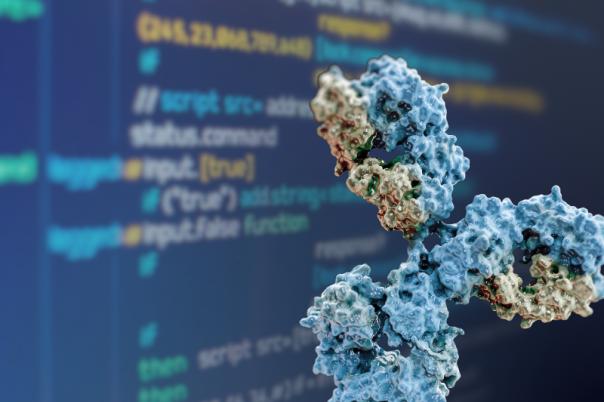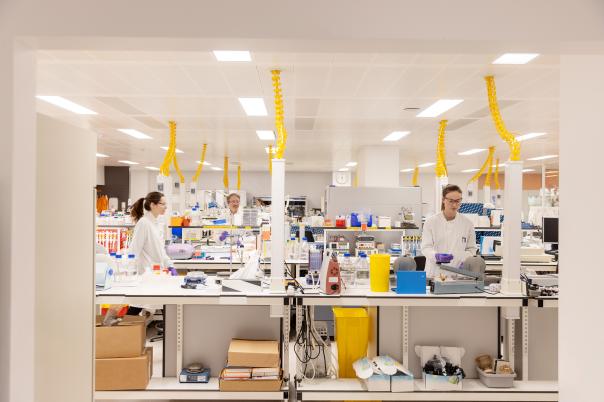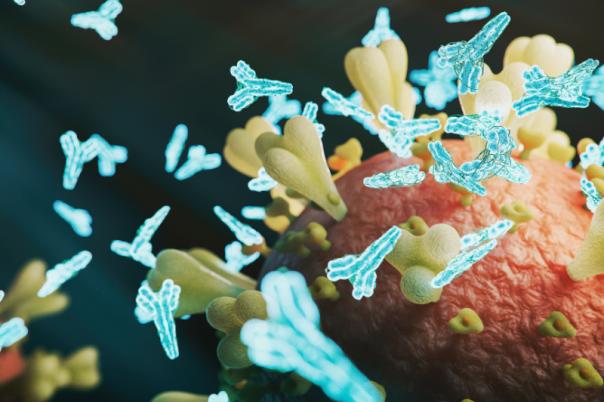It’s the mission of Novartis’s Biologic Research Centre is to bring the biologics of the future to the patients that need them. They start from the very early research phase and aim to bring their development team one or two high quality molecule for further optimisation.
To do this, the Biologic Research Centre use Developability Assessment (DAS) including physical chemical characterisation, solubility screening, in vivo stability, and immunogenicity assessment to identify the best candidates. Patrick Schindler is a Senior Principal Scientist at Novartis, he works with this group to conduct these assessments to help bring patients the biologics of the future.
Schindler began by discussing Novartis’s antibody workflow. The modern workflow includes a huge variety of antibody-based molecules like IgGs, ADCs, bi- and multispecifics, as well as new and complicated formats like IgG-siRNA and radio ligand therapy molecules. There is a clear workflow for antibodies, starting with many candidates and narrowing down to one or two lead candidates.
However, there are many common challenges that therapeutic proteins often present which means that Schindler’s team needs to be flexible in the DAS that they set up. For example, low titer can inhibit production, glycosylation can complicate antibodies, and PTM risk assessment needs to be conducted very early on.
One solution to aid in the early PTM assessment is the use of in silico prediction. Schindler outlined how his team had used this method for oxidation. They developed an algorithm based on surface exposed methionine and tryptophan to predict oxidation of their molecules supported by automated MS and data interpretation.
Due to the increase in new formats, the team are constantly making use of new technologies for detailed analysis of complex molecules. These include new and advanced flavours of mass spectroscopy like native SEC-MS, CD-MS, and ICP-MS. Furthermore, early glycan assessment allows for corrections in cell line development, demonstrated by reducing immunogenic sciatic glycol acid in production.





